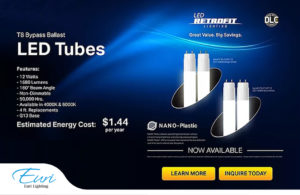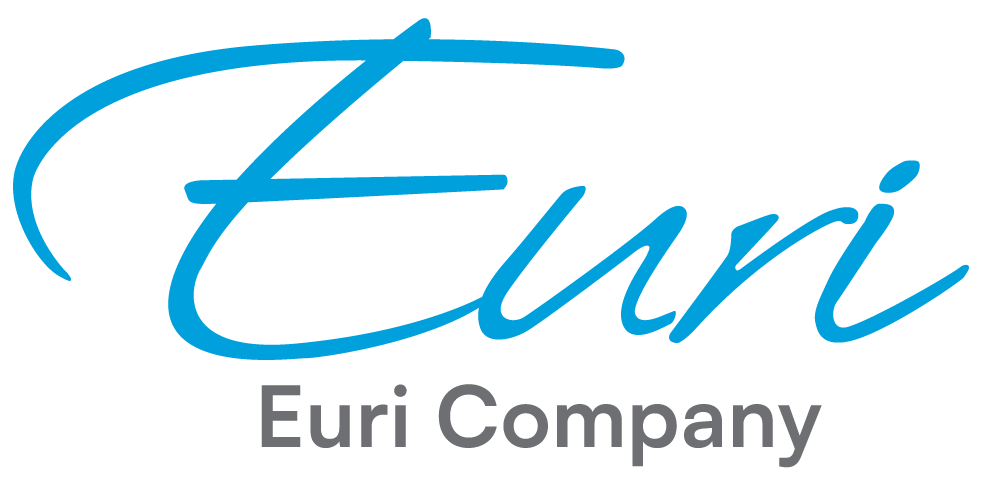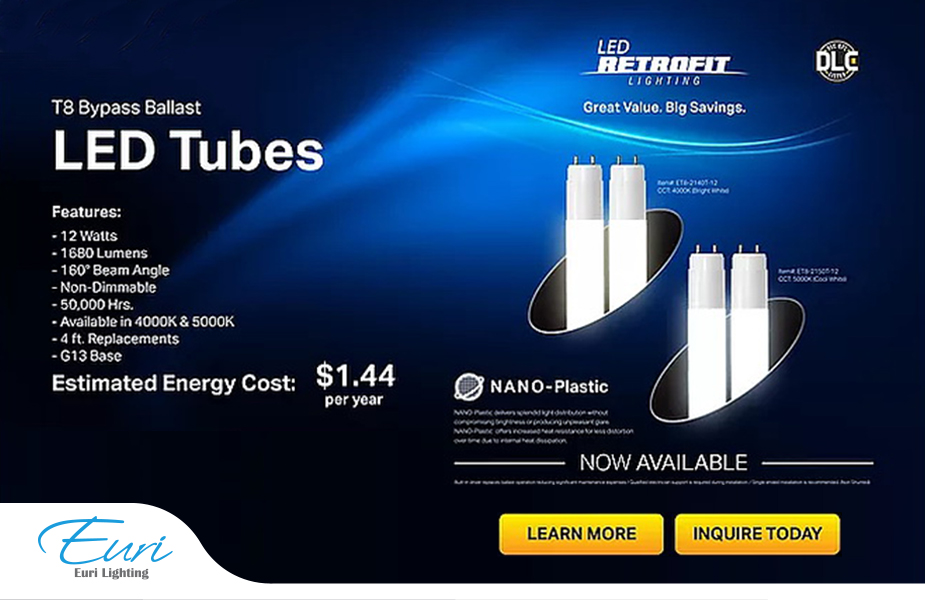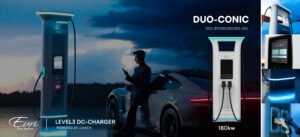What’s thinner than a hair follicle, but strong enough to be used in missile launches? Nano-plastic, the composite that is answering the prayers of commercial lighting manufacturers and their customers.
For decades– and until only recently– glass fluorescent tubes have been lighting office buildings around the world. Unfortunately, the dangerous components of fluorescence have contributed to the mercury poisoning of our planet, our electricians, and anyone else who has been exposed to the chemicals within the fragile glass casing. So environmentalists and engineers worked hard to develop lighting options that strayed from dangerous chemicals and compounds, and that produced higher quality light for less energy consumption.
That R&D gave rise to LED lighting. We can all recognize today that LED tubes to provide at least twice the lifespan as their fluorescent predecessors at a fraction of the energy consumption. However, breakage has remained an issue in the commercial lighting industry, despite innovation in tube casings as well.
Although multiple polycarbonate solutions have been developed and proven to be even more energy efficient, and exponentially more sturdy, glass has remained the cheapest casing material on the market. 15-20% lower in price than that of polycarbonate (with aluminum backing or heat sink), the hazard of breakage hasn’t deterred consumers from preferring the cheaper alternative. Manufacturers have just continued to absorb the extra packaging costs to protect glass casings, and insurers continue to cover medical expenses from injuries incurred during installation, while LED glass tubes have continued to rule the commercial lighting market.
That is until Nano-Plastic made its debut in the industry two years ago.
Nano-plastic comes at the same price as glass and has 2x better the bending capacity as a polycarbonate lens. It is twice as thin as Polycarbonate tubes, at only 0.4-0.5mm thick, and due to the presence of low Coefficient of Thermal Expansion (CTE) resins, Nano-plastic LED tubes have greater stiffness without losing ductility. The CTE of Nano-plastic is actually lower than copper, outperforming 70% of all polycarbonate tubes on the market.
As it stands, some Nano-plastic LED tubes are considered to be 60% more energy efficient than traditional fluorescent glass tubes.
Nano-plastic lenses also provide more comfortable lighting than typical polycarbonate lenses, while still producing 5-12% more lumens. The luminous efficacy of Nano-plastic can reach 92%! Because Nano-plastic tubes don’t require a heat sink, Nanotubes features a 310-degree beam angle, lending fuller, softer, and more evenly distributed light with less glare than polycarbonate tubes.
Unlike polycarbonate and other plastics, Nano-plastic won’t discolor or become brittle overuse and time. Only 30% of polycarbonate casing manufacturers can claim that their LED tubes won’t distort their shape after years of operation.

Euri Lighting is proud to offer four Nano-plastic options for your commercial lighting needs. Available in both 4000K and 5000K CCT, Euri offers a 12 Watt at 1,680-lumen Bypass Ballast 4′ LED tube, and a 15 Watt at 2,100-lumen Bypass Ballast 4′ LED tube. Each of these maintains their performance across their lifespan of 50,000 hours, saving you an estimated $1.80 per year, per tube (compared with standard incandescent bulbs).
Nano-plastic is currently the most cost-effective and energy-efficient lens on the market. Check in with Euri Lighting’s sales team to make the smarter choice with Nano-plastic LED lighting.
Author: Hannah Rothblatt



